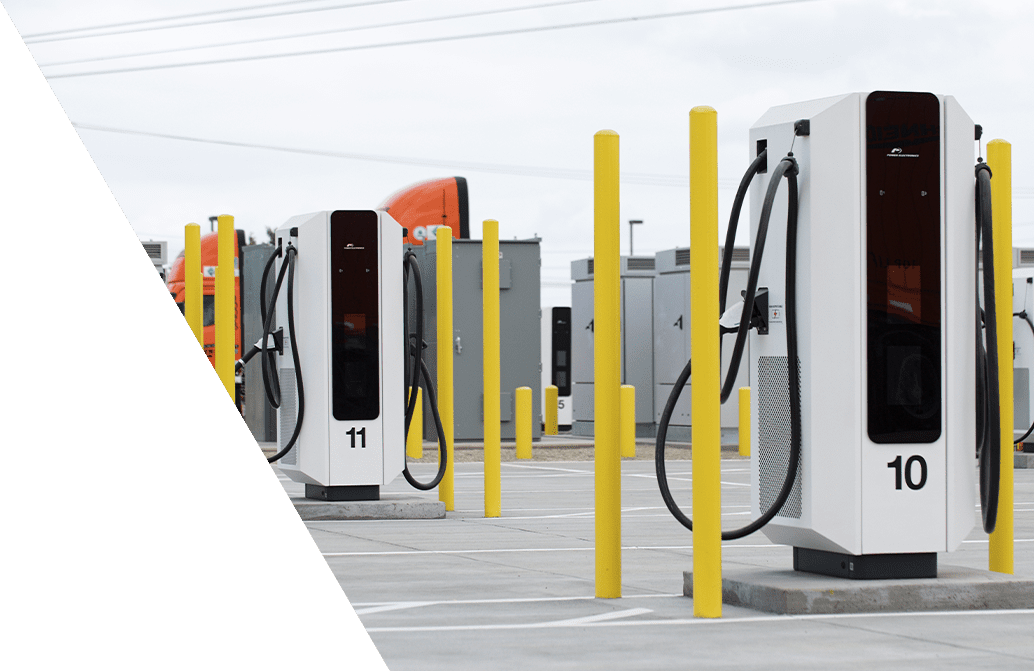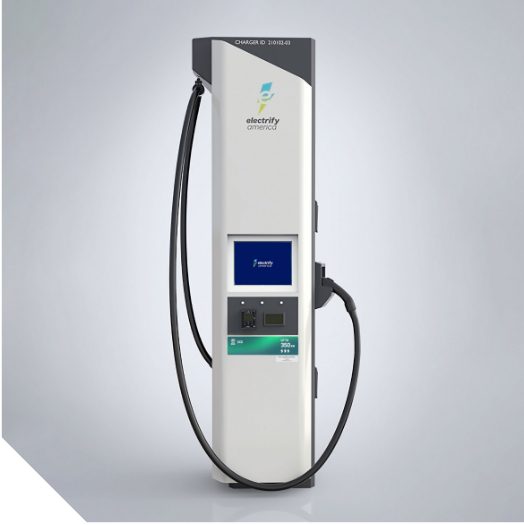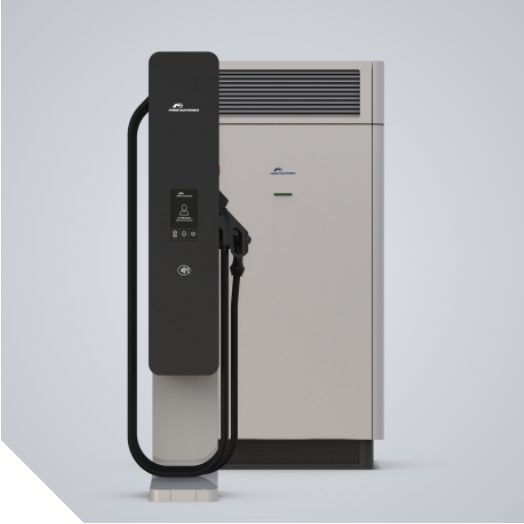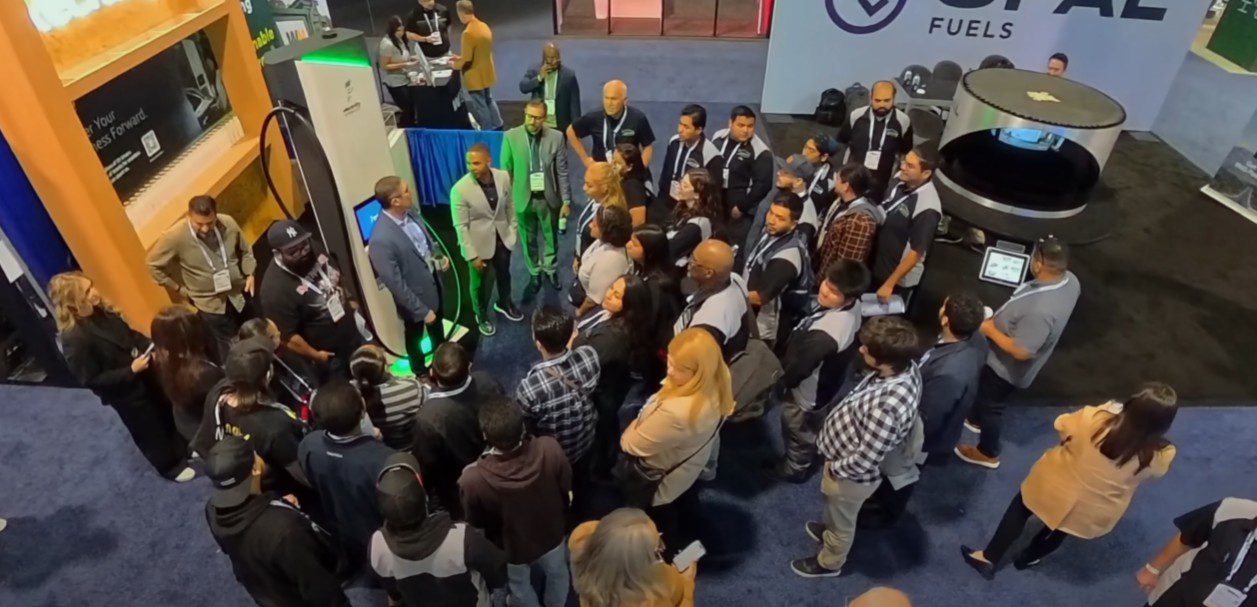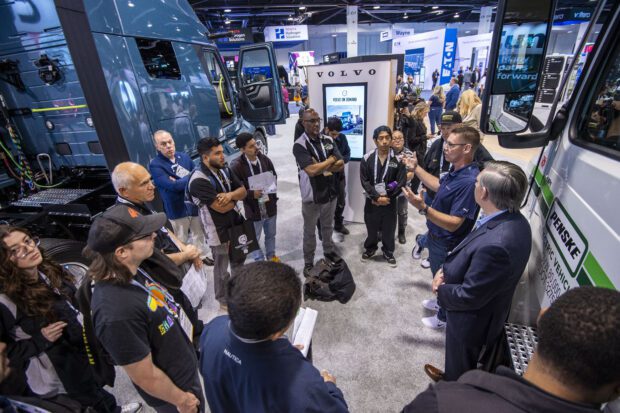The cost of heavy-duty truck charging infrastructure remains high but grant funding is a source of economic support, such as with the JETSI project. Project timelines can be 18 months or more before a charging site is energized, and lead times for components can be a factor, which underscores the need to initiate project planning earlier, including coordination with the utility. Class 8 truck fleets require a significant amount of utility power capacity, and a load of 5-10 MW is not uncommon, so securing that capacity from the utility is an important part of the planning process. In addition, fleets should consider steps to support a strong power grid by planning around peak demand on the grid, as well as the addition of solar and battery storage to add resiliency, flexibility, and operational cost savings.
It all starts with a review of the fleet’s duty cycles and operating plan, as part of the charging infrastructure design process. In this section, the JETSI project’s EV charging infrastructure will be detailed to provide examples that can be considered before embarking on fleet electrification. Also see the FAQ section of this website for deeper exploration of charging and EVSE topics.
